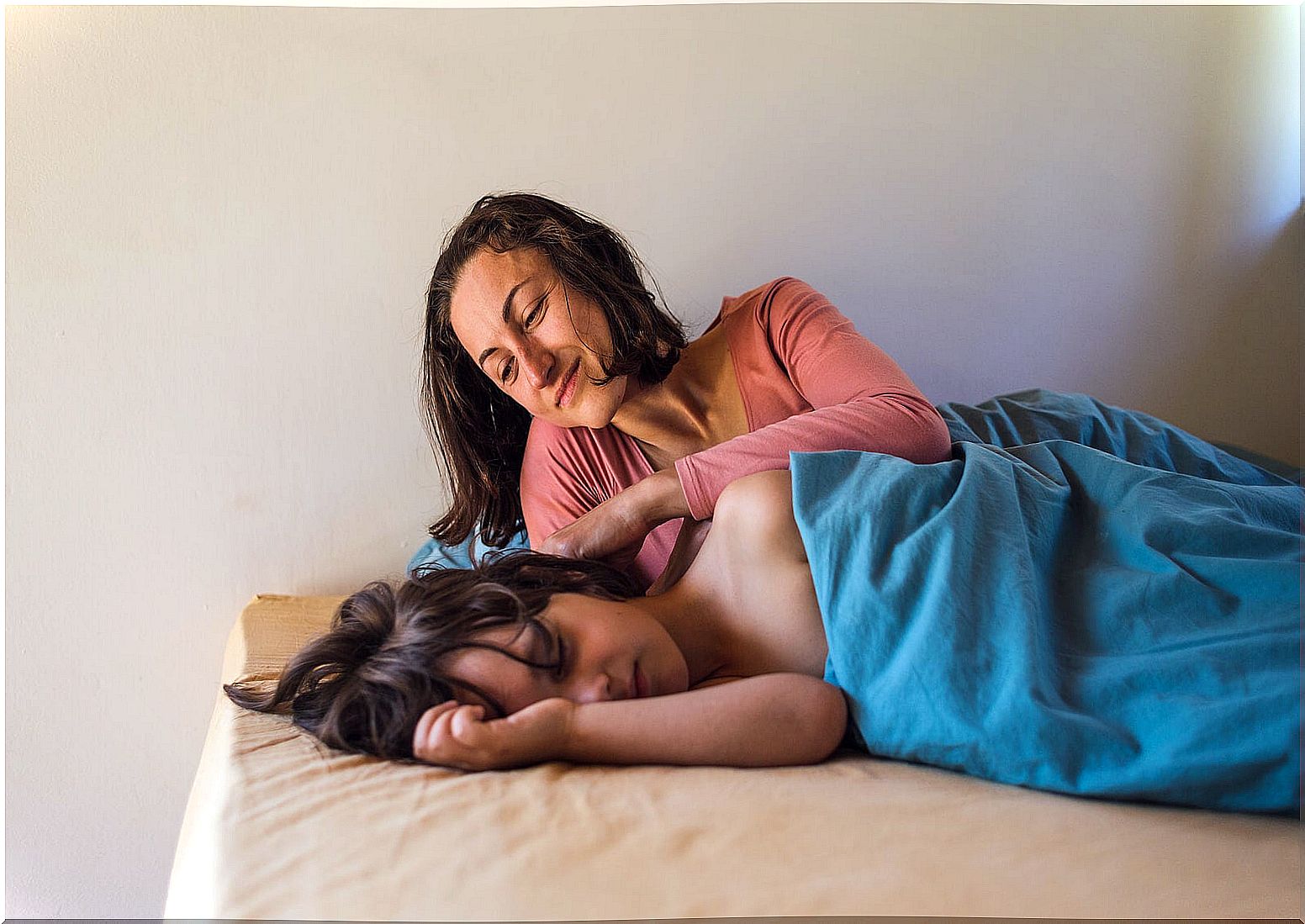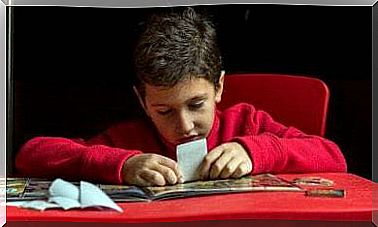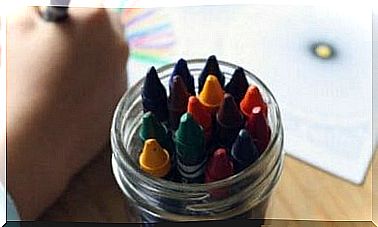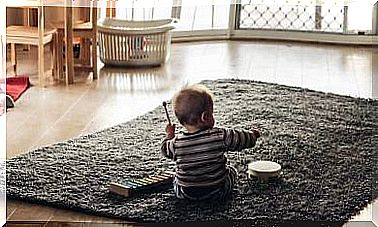Visualization To Help Children Fall Asleep

If sleep is a fundamental process for all people, in children it is even more relevant, as they are in the development stage. Not getting enough sleep for their age can cause daytime sleepiness, poor academic performance, and behavioral problems. In these cases, visualization is a simple technique that offers good results.
Insomnia may appear to be a problem for adults, however it affects more than 30% of the infant population. Children also experience worries and fears, and those with a more anxious temperament may have particular difficulty sleeping. Teaching them tools appropriate to their age and maturity level can prevent this problem from spreading and continuing over time.

What is visualization?
Visualization is simply about creating imagined mental scenes. It is something we all do constantly when we envision our future or anticipate what might happen in a situation. Furthermore, thanks to their greater creative capacity, children have a great ease in imagining scenarios.
The problem arises when such images are negative or anticipate a possible risk, problem or failure. For example, if the child thinks that something bad will happen to his family, that he will make a fool of himself during a class question the next day, or that he will be rejected by his classmates, these images cause concern, anxiety and discomfort; and if they appear before going to bed, falling asleep will be very difficult.
Therefore, deliberate visualization consists in imagining pleasant, peaceful and positive scenarios. It involves mental immersion in a scene that generates emotions such as tranquility, joy or satisfaction.
Why does visualization help babies fall asleep?
Visualizing before bed can help children fall asleep for a variety of reasons. Among the main ones are the following:
- Promotes relaxation of the body and the release of tension, agitation or hyperactivity.
- Guide the mind towards pleasant and positive thoughts. For this reason, the child no longer has space to think about those fears and worries that prevent him from falling asleep.
- Difficulty falling asleep can create a vicious cycle. As the child cannot fall asleep, his anxiety increases. Getting him to focus on visualization will prevent him from being aware of the time that passes until he falls asleep.
- Additionally, visualization can be used for a number of positive purposes, such as raising a child’s self-esteem, helping them overcome fears, or getting rid of worries. This will depend on how the story is created. For example, we can guide him in a visualization through a forest inhabited by a magical tree that asks you to hang your worries on its branches and leave them there.
How to teach children to visualize?
It is true that we visualize all the time, however, learning how to do it at will is not always easy. That’s why Guided Views can be a great alternative. On the Internet, you can find numerous videos and applications with guided views for children, which accompany them in the process of creating pleasant scenes.

But we can also be the ones to guide them. When our child is lying in bed, we play a relaxing background music, with sounds of nature or sweet melodies. We keep a dim light and begin to tell the little one a story as if he were living it firsthand. We can guide it through an enchanted forest, a beach or a countryside landscape; any relaxing natural environment is suitable.
Help him, with your narration, to immerse himself in the scene. Describe to him the scent of flowers, the sounds of nature, the images that are seen … Tell him that they can even talk to trees or animals; there are no limits to the imagination.
Over time, he will learn to create his own visualizations on his own and will not need your guidance to practice this technique. Also, you can do it anywhere, even if you sleep away from home, as you only need your imagination. In addition to being effective, it is a pleasant and fun strategy for children, so they tend to accept it easily.









